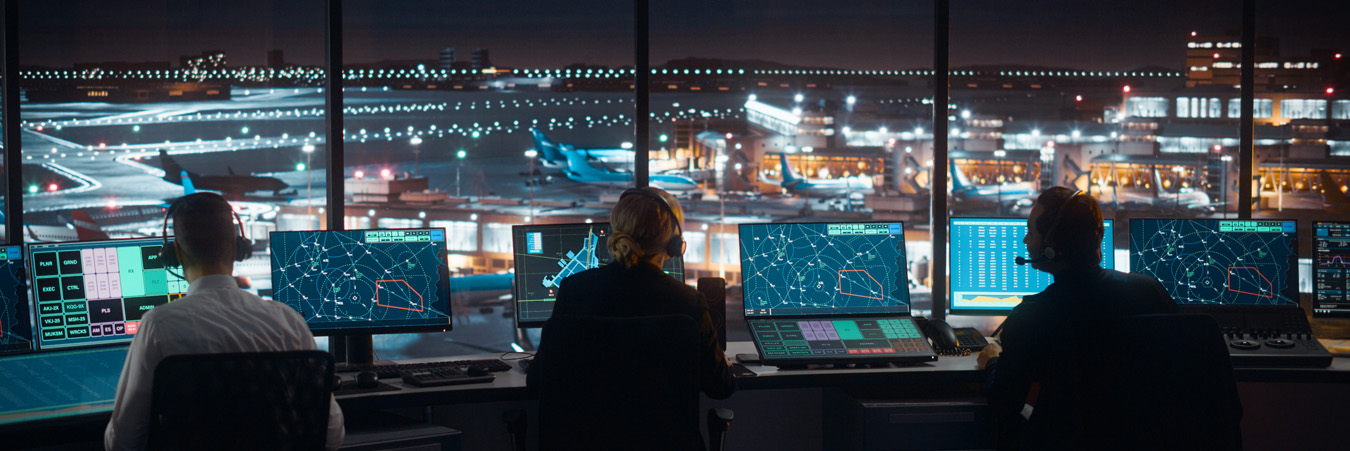
The Single European Sky (SES2+) proposal of the Commission was formally adopted by the Council and the European Parliament in 2024, although only modest progress was made and various issues were left unresolved.
Implementation of SES2+, and a focus on continuous improvement to address unresolved issues, is critical to enhance capacity, efficiency and sustainability.
RP4 (2025-2029) SES performance targets reflect the ambition to enhance environmental performance, as does the desire to develop improved environmental monitoring indicators while building up resilience and strengthening capacity.
It is recognized that the SES performance scheme needs to be improved in terms of the ATM-related performance indicators for environment. Work is ongoing to identify a more robust KPI which, after a period of monitoring and analysis during RP4, will be ready for performance target setting in RP5 (2030-2034).
Updated SES ATM Master Plan has been aligned with the RP4 ambitions such that ANSPs invest in technologies to provide greener, smarter and more effective air traffic.
Ambitious environmental performance targets cannot be achieved unless the ATM system supports and incentivises all stakeholders to optimize the efficiency of their operations.
400 million tonnes of CO2 emissions (9.3% less CO2 per flight) could be saved with the completion of the SES ATM Master Plan vision by 2050.
The war in Ukraine and the Middle East conflict, and the subsequent impact on EU airspace, has made it more difficult to assess whether ATM actions towards improving environmental performance indicators have resulted in tangible benefits.
During busy periods, Air Traffic Controllers may need to use alternative procedures to maintain required aircraft separation, thereby limiting the capacity to accommodate fuel efficient Continuous Descent Operations.
Total gate to gate CO2 emissions broken down by flight phase indicates that most emissions originate from the cruise phase (62.9%) and climb phase (23.2%).
The implementation of cross-border, free route airspace (FRA) significantly improves en-route environmental performance. Up to 94 000 tonnes of annual CO2 emissions are estimated to be saved by 2026 through the Borealis Alliance FRA implementation among 9 States.
Air traffic control strikes in 2023 had a significant environmental impact with an additional 96 000 km flown and 1 200 tonnes of CO2 emissions due to knock-on effects across neighbouring States and the wider SES Network.
A SESAR study estimated that €1 invested in Common Project 1 (CP1) ATM functionalities during 2023 resulted in €1.5 in monetizable benefits and 0.6 kg of CO2 savings, and these benefits are expected to increase overtime as CP1 is fully implemented.
